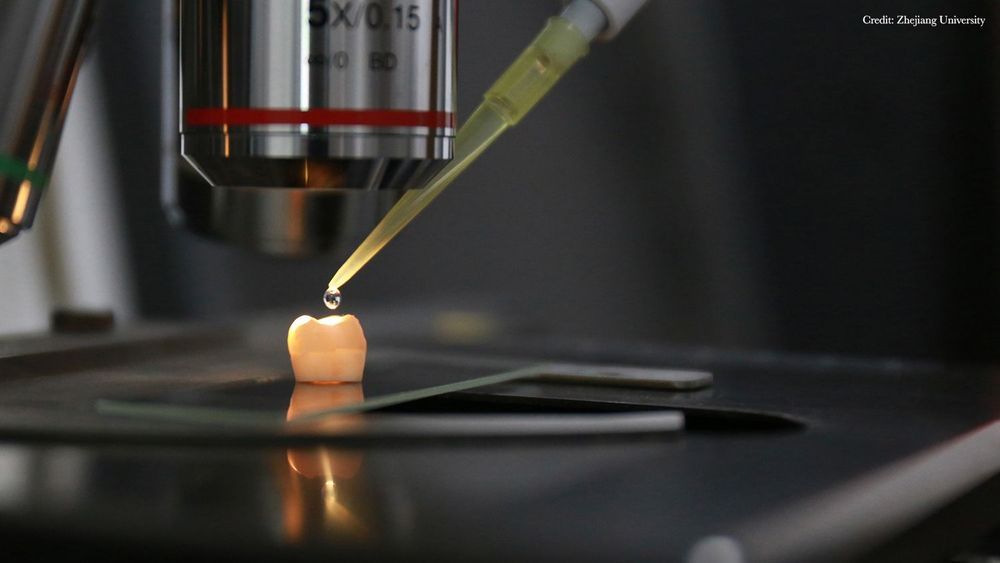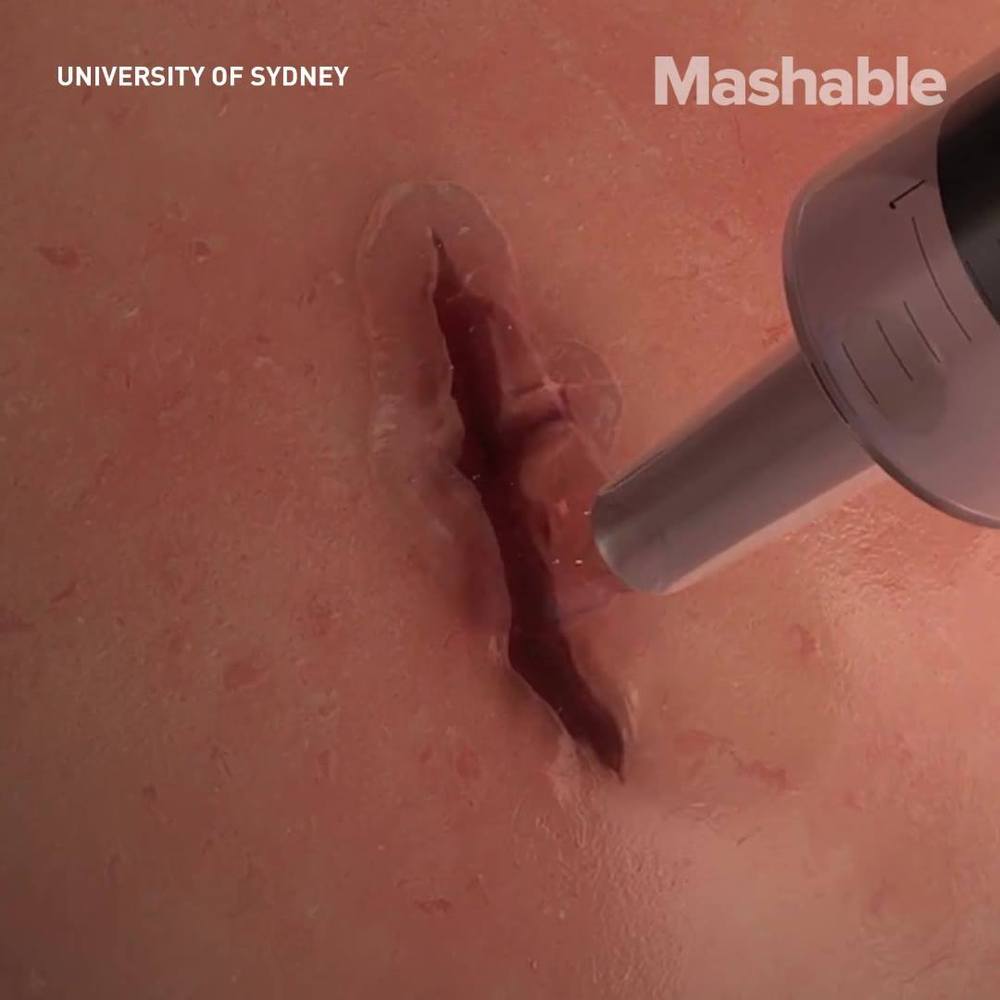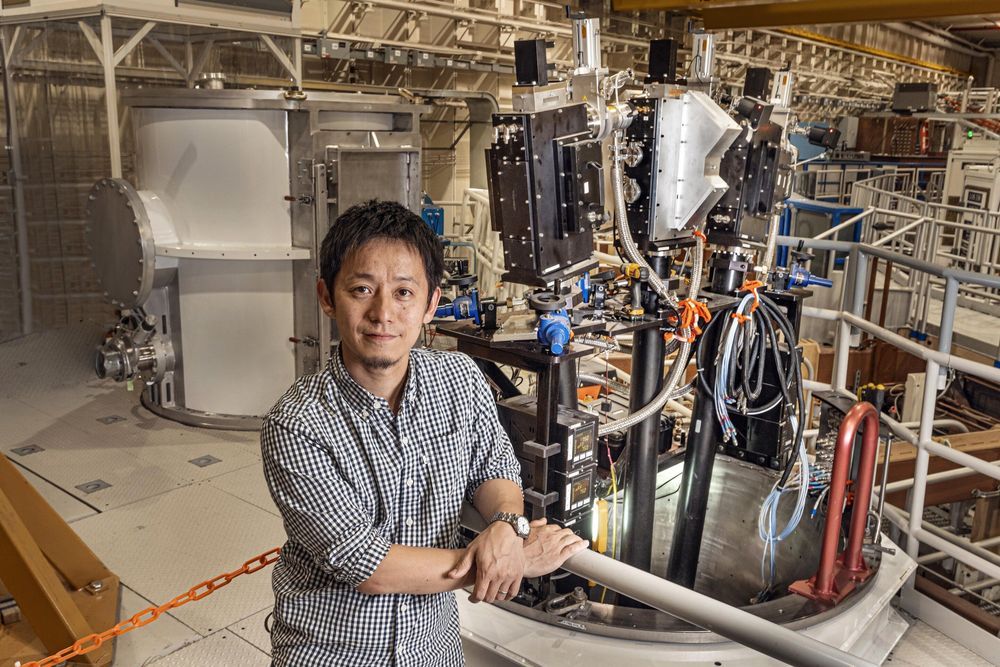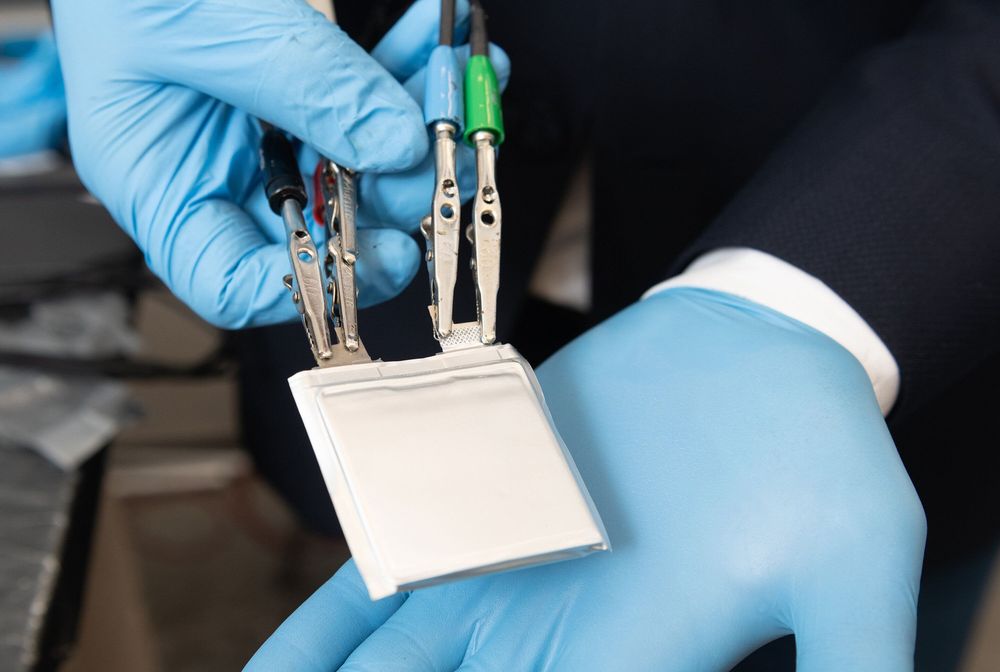Sep 11, 2019
Silicon Valley’s final frontier for mobile payments — ‘the neoliberal takeover of the human body’
Posted by Fyodor Rouge in categories: biotech/medical, finance, mobile phones, privacy
Biometric mobile wallets — payment technologies using our faces, fingerprints or retinas — already exist. Notable technology companies including Apple AAPL, +2.62% and Amazon AMZN, +0.26% await a day when a critical mass of consumers is sufficiently comfortable walking into a store and paying for goods without a card or device, according to Sinnreich, author of “The Essential Guide to Intellectual Property.”
Removing the last physical barrier — smartphones, watches, smart glasses and credit cards — between our bodies and corporate America is the final frontier in mobile payments. “The deeper the tie between the human body and the financial networks, the fewer intimate spaces will be left unconnected to those networks,” Sinnreich said.

















